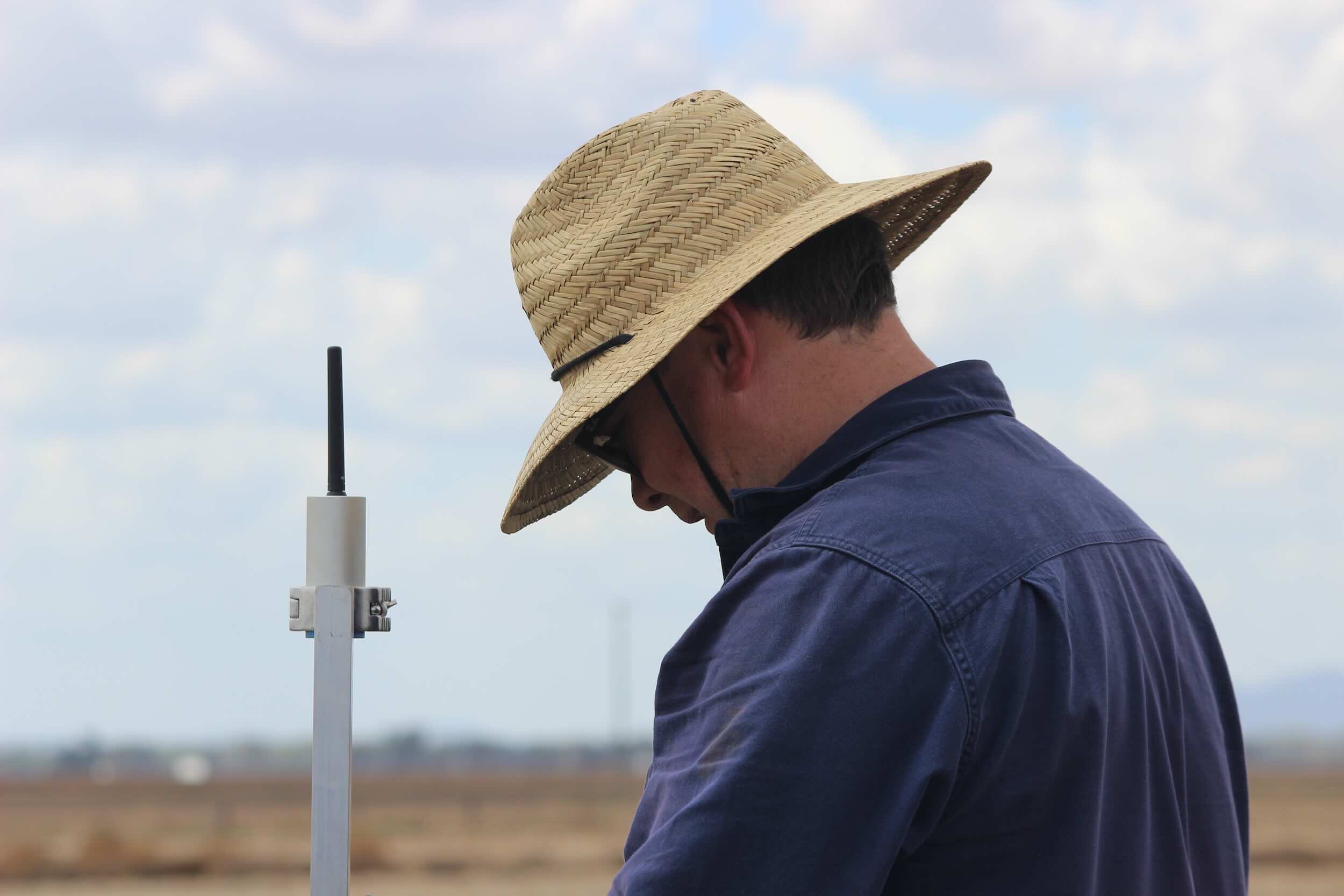As we head into the busy summer cropping season, it’s the perfect time to give your sensors and systems a quick tune-up. A little preparation now helps ensure your INCYT deployment runs in peak condition—delivering accurate insights, smooth irrigation, and reliable reporting when you need it most.

5 Things You Need Know BEFORE Selecting an IoT Network For Your Farm
Selecting the right connectivity and IoT network for your farm can be a challenging task. There are many factors to consider when making the choice, as no two operations are the same.
Here at INCYT we like to provide farmers and primary producers alike with tools and knowledge to make confident and informed decision.
With so many connectivity available, you may find yourself asking the question “what should I be looking for in relation to my own operation?”.
That’s a great question! To help you determine the answer, we have put together a list of 5 things to know before selecting an IoT network for your farm.
Existing IoT Coverage & Signal Strength
The first point to cover is existing IoT coverage and signal strength. If you already have LoRaWAN and/or NB-IoT coverage on your property, then that’s great news! As it’s likely the right IoT sensors can jump already online. The main thing to consider here is the quality of your coverage, that is, the actual signal strength where you will be deploying devices.
There are three main things to consider in relation to signal strength, which are:
Obstructions between the ‘device’ and the IoT gateway.
Signal shadowing from obstructions can be vertical (such as hills), lateral (such as large buildings) and cumulative (such as layers of vegetation).
Distance from the IoT gateway.
Even with perfect line-of-sight to an IoT gateway, it’s possible to only achieve 1 - 2% of the original signal strength at a 20km distance, versus being a few kilometres away. This doesn’t mean your sensors won’t connect, but it might mean an increase in packet loss, in addition to connectivity variability based on events such as rain.
How important the device data is.
For example, it might be fine to miss a few dam level readings if a device is on the fringe of reception, however, controlling a pump requires a constant and uninterrupted link so you don’t get issues such as missed readings that may jeopardise your operation.
Latency & Reporting Frequency
Latency is the delay between when a device sends data and when you receive it. For IoT satellite applications this can be up to 4 - 6 hours, whereas terrestrial (land based) based networks will often be within a period of seconds or minutes. This can immediately rule out some applications.
Reporting frequency is how often a sensor sends it’s data. Often this is backed off to beyond what is technically possible purely to extend battery life, as each ‘shot’ from a sensor costs power.
We find 10-15 minutes and hourly reporting schedules are most popular, and both LoRaWAN, NB-IoT and on-farm networks support these frequencies.
Bandwidth & Sensor Support
Sensors such as soil moisture probes and weather stations produce a relatively large amount of data that is beyond the capability of IoT satellite options. This means if you’re looking to deploy these kinds of sensors it’s likely you will need a terrestrial (ground based) solution over satellite.
Power Efficiency & Sensor Battery Life
Apart from battery capacity and quality, power efficiency is key for achieving ultra-long, in-field battery life.
This is where an XR Base Station and LoRaWAN connectivity options will often have an advantage over NB-IoT, and all those mentioned will a significant advantage over satellite.
Static vs Roaming Devices
For devices that will roam off farm, for example, when tracking assets or monitoring supply chain, this is where those cellular IoT networks such as LTE-M and satellite IoT services come into play.
Static sensors such as probes and tanks don’t usually move off farm, so this is really the most appropriate connectivity option to use for IoT devices monitoring mobile assets like trucks or machinery.




%201.avif)

